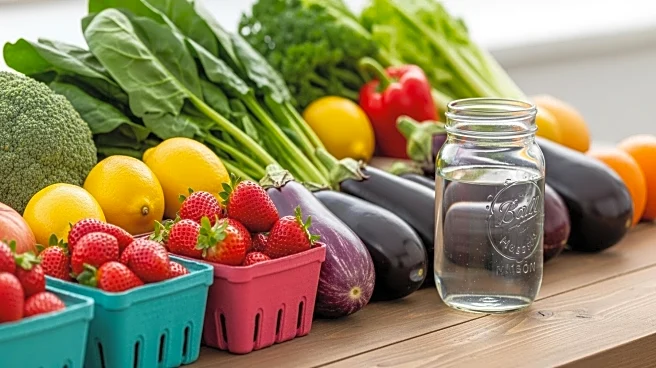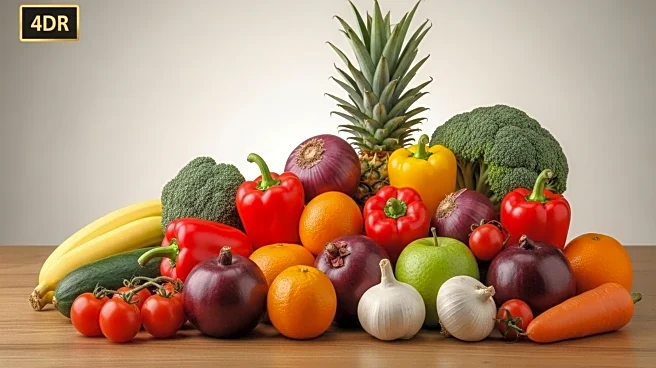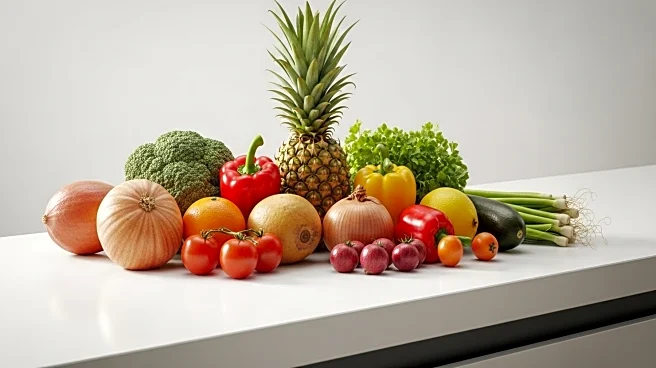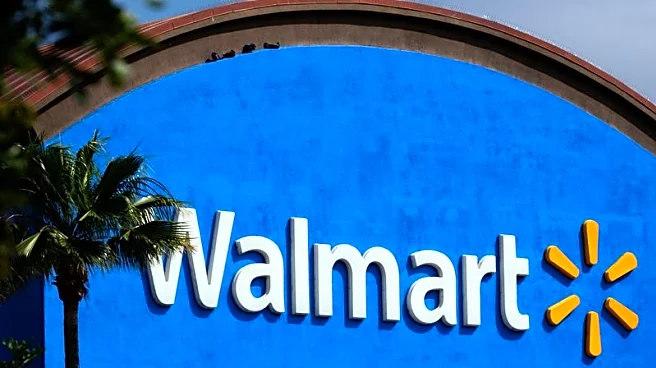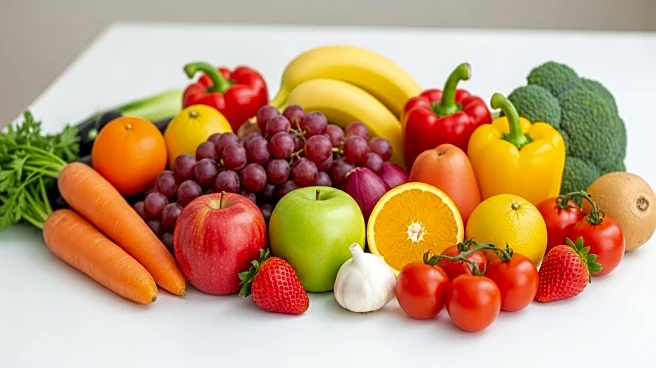What's Happening?
PepsiCo has announced its intention to phase out synthetic dyes from its U.S. food and beverage products, responding to increasing consumer demand for natural ingredients. Currently, 40% of PepsiCo's products contain artificial colors, and the company is exploring natural alternatives such as paprika and turmeric for products like Flamin' Hot Cheetos. The transition is expected to be a multi-year process, involving extensive testing and FDA approval of new natural additives. PepsiCo aims to ensure that the new formulations maintain the familiar taste and appearance of its products, which are often recognized by their color.
Why It's Important?
The move by PepsiCo reflects a broader industry trend towards transparency and healthier options, driven by consumer preferences. As synthetic dyes face scrutiny for potential health risks, companies are under pressure to adapt. This shift could impact the food and beverage industry significantly, influencing product formulations and marketing strategies. Consumers seeking natural ingredients may benefit from increased options, while companies may face challenges in balancing cost, taste, and consumer expectations. Regulatory bodies like the FDA play a crucial role in approving new additives, affecting the pace of industry change.
What's Next?
PepsiCo plans to introduce naturally dyed products from brands like Tostitos and Lay's later this year, with more to follow. The company is working closely with the FDA to expedite the approval of natural color additives. As consumer demand for natural ingredients grows, other companies may follow suit, potentially leading to widespread changes in product offerings. PepsiCo's approach to maintaining product quality while transitioning to natural dyes will be closely watched by industry stakeholders.
Beyond the Headlines
The shift away from synthetic dyes raises ethical and cultural questions about food safety and consumer rights. As public perception increasingly favors natural ingredients, companies must navigate the balance between scientific evidence and consumer beliefs. This development may also influence global food standards, as U.S. trends often set precedents for international markets.






